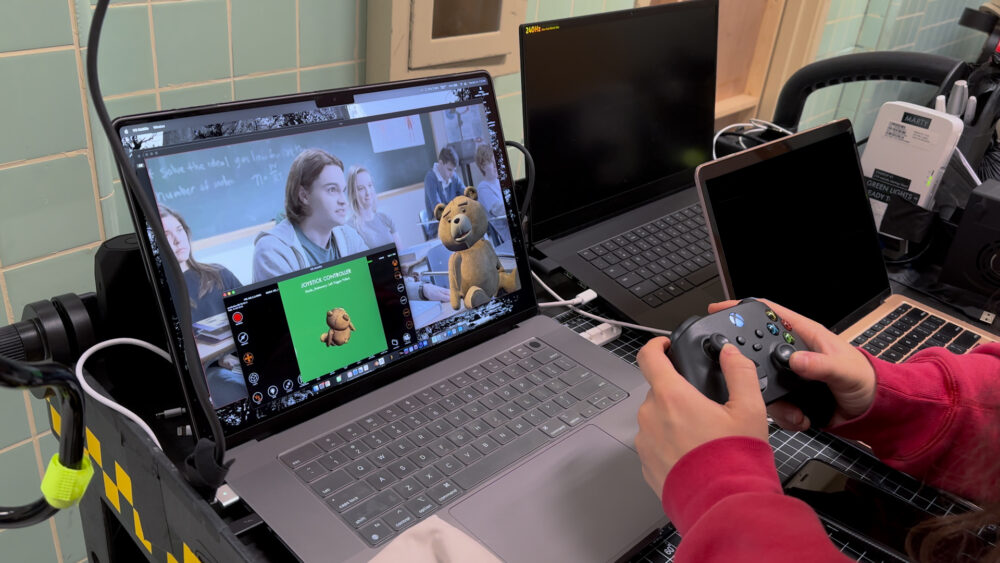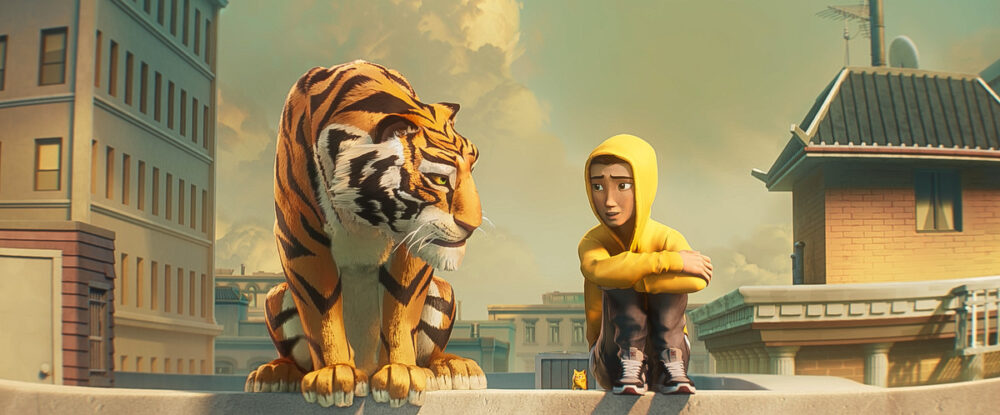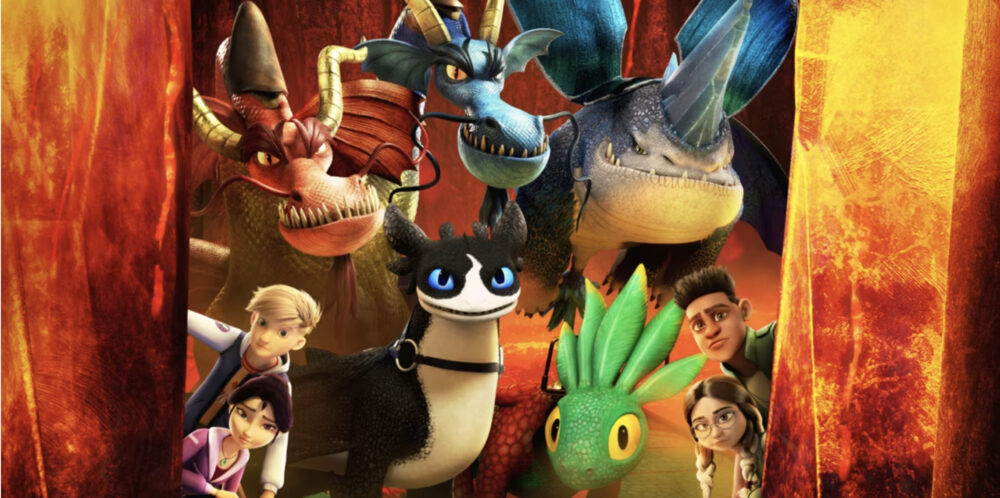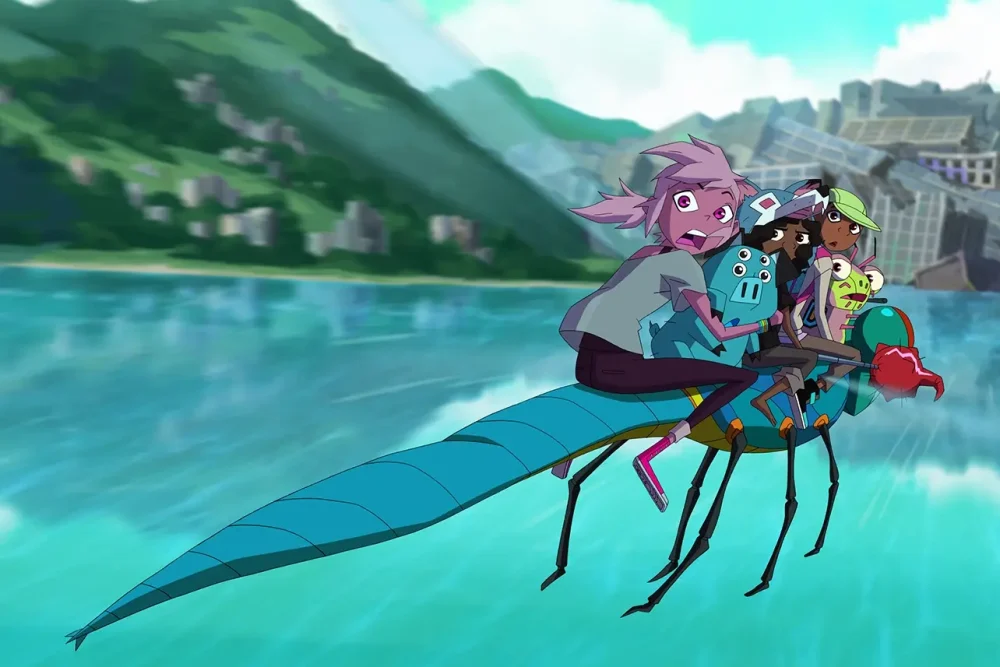The African American Film Critics Association (AAFCA | aafca.com) announced today the winners of the 15th annual AAFCA Awards honoring outstanding achievement in film and the organization’s selections for their Top 10 films of the year. Winners will be celebrated at the 15th Annual AAFCA Awards on February 21 at the Beverly Wilshire, a Four Seasons Hotel in Beverly Hills.
The announcement was made by AAFCA president and co-founder Gil Robertson. “It’s become a tradition to announce our winners on MLK Day,” stated Robertson. “And what a great year for cinema showcasing the vibrant tapestry of Black storytelling, where diversity is not a trend, but an imperative. This year’s winners have inspired, challenged, and moved us and we are delighted to celebrate them and their cultural impact.”
One animated picture made the cut this year, with Sony Pictures Animation’s Marvel sequel Spider-Man: Across the Spider-Verse (directed by Joaquim Dos Santos, Kemp Powers & Justin K. Thompson; starring Shameik Moore as Miles Morales/Spider-Man) named both the winner of the Best Animated Feature Award and among the AAFCA Top 10 Films of the Year:
- American Fiction
- Origin
- The Color Purple
- Oppenheimer
- Past Lives
- Spider-Man: Across the Spider-Verse
- Poor Things
- Anatomy of a Fall
- Killers of the Flower Moon
- Barbie
Across the Spider-Verse is swinging strong through Awards season, this weekend picking up the animated feature honor at the Critics’ Choice Movie Awards. The film has also been named an award-winner or one of the year’s best pics by the American Film Institute, New York Film Critics, Hollywood Critics Association, Seattle Film Critics Society and others, as well as winning a Harvey Award for best comic-book adaptation. Spidey is considered a strong contender among the 33 animated feature films vying for Academy Awards nominations this year.

Ahead of the weekend, the Academy of Motion Picture Arts and Sciences announced that 16 scientific and technical achievements will be honored at its annual Scientific and Technical Awards ceremony (a.k.a. the Sci-Tech Oscars) on Friday, February 23 at the Academy Museum of Motion Pictures. Unlike other Academy Awards, Sci-Tech-winning innovations need not have been developed and introduced during a specified period, but must demonstrate a proven record of contributing significant value to the process of making motion pictures.
Recognized innovations this year include Pixar’s USD, Open VDB, Marvelous Designer, Alembic and more.
“Each year, a global group of technology practitioners and experts sets out to examine the extraordinary tools and techniques employed in the creation of motion pictures,” said Barbara Ford Grant, chair of the Academy’s Scientific and Technical Awards Committee, which oversees the vetting of the awards. “This year, we honor 16 technologies for their exceptional contributions to how we craft and enhance the movie experience, from the safe execution of on-set special effects to new levels of image presentation fidelity and immersive sound to open frameworks that enable artists to share their digital creations across different software and studios seamlessly. These remarkable achievements in the arts and sciences of filmmaking have propelled our medium to unprecedented levels of greatness.”
TECHNICAL ACHIEVEMENT AWARDS (ACADEMY CERTIFICATES)
To Bill Beck for his pioneering utilization of semiconductor lasers for theatrical laser projection systems.
Bill Beck’s advocacy and education to the cinema industry while at Laser Light Engines contributed to the transition to laser projection in theatrical exhibition.
To Gregory T. Niven for his pioneering work in using laser diodes for theatrical laser projection systems.
At Novalux and Necsel, Gregory T. Niven demonstrated and refined specifications for laser light sources for theatrical exhibition, leading the industry’s transition to laser cinema projection technology.
To Yoshitaka Nakatsu, Yoji Nagao, Tsuyoshi Hirao, Tomonori Morizumi and Kazuma Kozuru for their development of laser diodes for theatrical laser projection systems.
Yoshitaka Nakatsu, Yoji Nagao, Tsuyoshi Hirao, Tomonori Morizumi and Kazuma Kozuru collaborated closely with cinema professionals and manufacturers while at Nichia Corporation Laser Diode Division, leading to the development and industry-wide adoption of blue and green laser modules producing wavelengths and power levels matching the specific needs of the cinema market.
To Arnold Peterson and Elia P. Popov for their ongoing design and engineering, and to John Frazier for the initial concept of the Blind Driver Roof Pod.
The roof pod improves the safety, speed and range of stunt driving, extending the options for camera placement while acquiring picture car footage with talent in the vehicle, leading to rapid adoption across the industry.
To Jon G. Belyeu for the design and engineering of Movie Works Cable Cutter devices.
The unique and resilient design of this suite of pyrotechnic cable cutters has made them the preferred method for safe, precise and reliable release of suspension cables for over three decades in motion picture production.
To James Eggleton and Delwyn Holroyd for the design, implementation and integration of the High-Density Encoding (HDE) lossless compression algorithm within the Codex recording toolset.
The HDE codec allows productions to leverage familiar and proven camera raw workflows more efficiently by reducing the storage and bandwidth needed for the increased amounts of data from high-photosite-count cameras.
To Jeff Lait, Dan Bailey and Nick Avramoussis for the continued evolution and expansion of the feature set of OpenVDB.
Core engineering developments contributed by OpenVDB’s open-source community have led to its ongoing success as an enabling platform for representing and manipulating volumetric data for natural phenomena. These additions have helped solidify OpenVDB as an industry standard that drives continued innovation in visual effects.
To Oliver Castle and Marcus Schoo for the design and engineering of Atlas, and to Keith Lackey for the prototype creation and early development of Atlas.
Atlas’s scene description and evaluation framework enables the integration of multiple digital content creation tools into a coherent production pipeline. Its plug-in architecture and efficient evaluation engine provide a consistent representation from virtual production through to lighting.
To Lucas Miller, Christopher Jon Horvath, Steve LaVietes and Joe Ardent for the creation of the Alembic Caching and Interchange system.
Alembic’s algorithms for storing and retrieving baked, time-sampled data enable high-efficiency caching across the digital production pipeline and sharing of scenes between facilities. As an open-source interchange library, Alembic has seen widespread adoption by major software vendors and production studios.
SCIENTIFIC AND ENGINEERING AWARDS (ACADEMY PLAQUES)
To Charles Q. Robinson, Nicolas Tsingos, Christophe Chabanne, Mark Vinton and the team of software, hardware and implementation engineers of the Cinema Audio Group at Dolby Laboratories for the creation of the Dolby Atmos Cinema Sound System.
Dolby Atmos has become an industry standard for object-based cinema audio content creation and presents a premier immersive audio experience for theatrical audiences.
To Steve Read and Barry Silverstein for their contributions to the design and development of the IMAX Prismless Laser Projector.
Utilizing a novel optical mirror system, the IMAX Prismless Laser Projector removes prisms from the laser light path to create the high brightness and contrast required for IMAX theatrical presentation.
To Peter Janssens, Goran Stojmenovik and Wouter D’Oosterlinck for the design and development of the Barco RGB Laser Projector.
The Barco RGB Laser Projector’s novel and modular design with an internally integrated laser light source produces flicker-free uniform image fields with improved contrast and brightness, enabling a widely adopted upgrade path from xenon to laser presentation without the need for alteration to screen or projection booth layout of existing theaters.
To Michael Perkins, Gerwin Damberg, Trevor Davies and Martin J. Richards for the design and development of the Christie E3LH Dolby Vision Cinema Projection System, implemented in collaboration between Dolby Cinema and Christie Digital engineering teams.
The Christie E3LH Dolby Vision Cinema Projection System utilizes a novel dual modulation technique that employs cascaded DLP chips along with an improved laser optical path, enabling high dynamic range theatrical presentation.
To Ken Museth, Peter Cucka and Mihai Aldén for the creation of OpenVDB and its ongoing impact within the motion picture industry.
For over a decade, OpenVDB’s core voxel data structures, programming interface, file format and rich tools for data manipulation continue to be the standard for efficiently representing complex volumetric effects, such as water, fire and smoke.
To Jaden Oh for the concept and development of the Marvelous Designer clothing creation system.
Marvelous Designer introduced a pattern-based approach to digital costume construction, unifying design and visualization and providing a virtual analogy to physical tailoring. Under Jaden Oh’s guidance, the team of engineers, UX designers and 3D designers at CLO Virtual Fashion has helped to raise the quality of appearance and motion in digital wardrobe creations.
To F. Sebastian Grassia, Alex Mohr, Sunya Boonyatera, Brett Levin and Jeremy Cowles for the design and engineering of Pixar’s Universal Scene Description (USD).
USD is the first open-source scene description framework capable of accommodating the full scope of the production workflow across a variety of studio pipelines. Its robust engineering and mature design are exemplified by its versatile layering system and the highly performant crate file format. USD’s wide adoption has made it a de facto interchange format of 3D scenes, enabling alignment and collaboration across the motion picture industry.



























































































